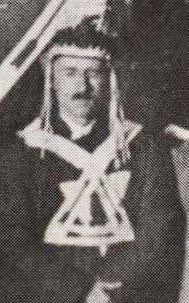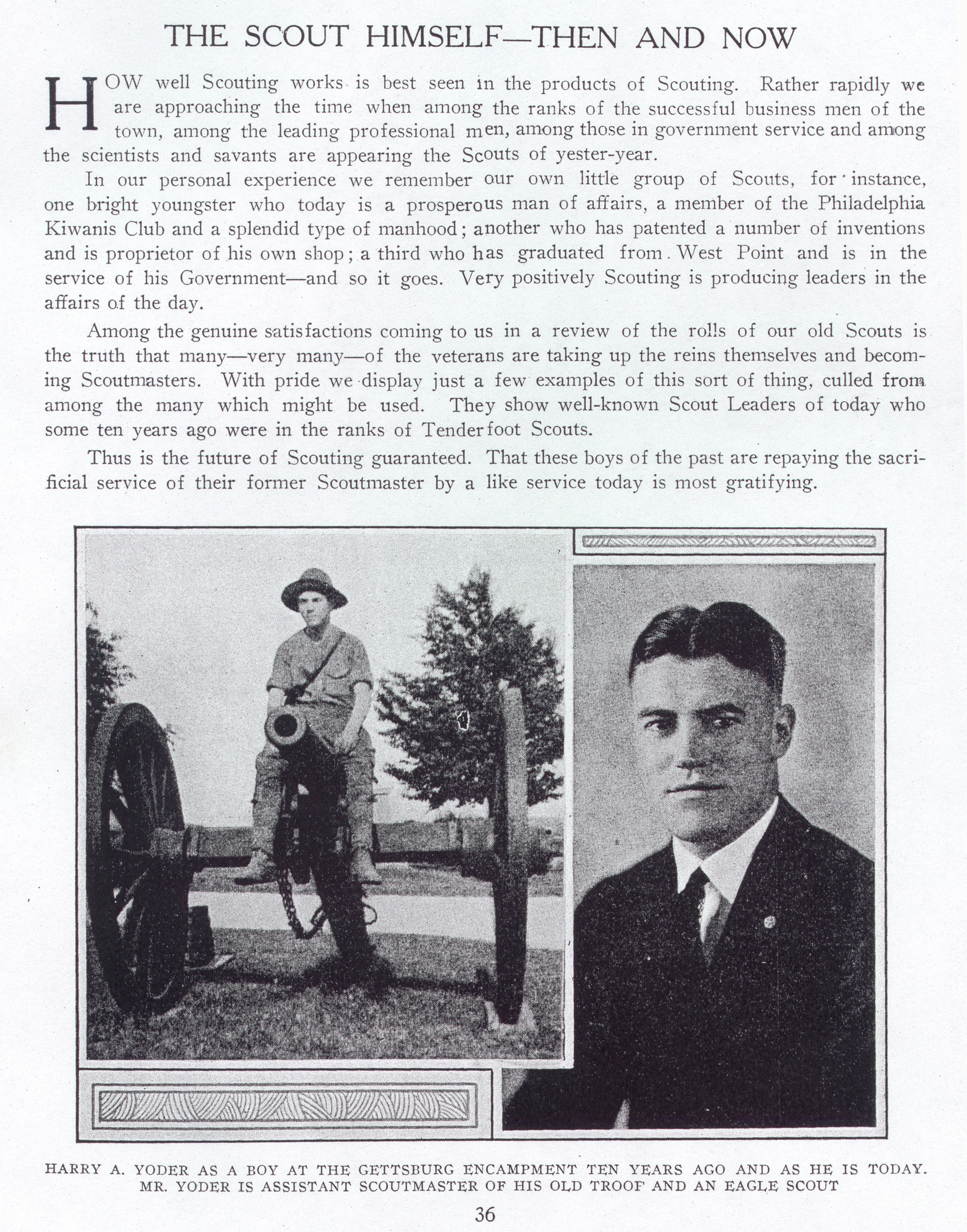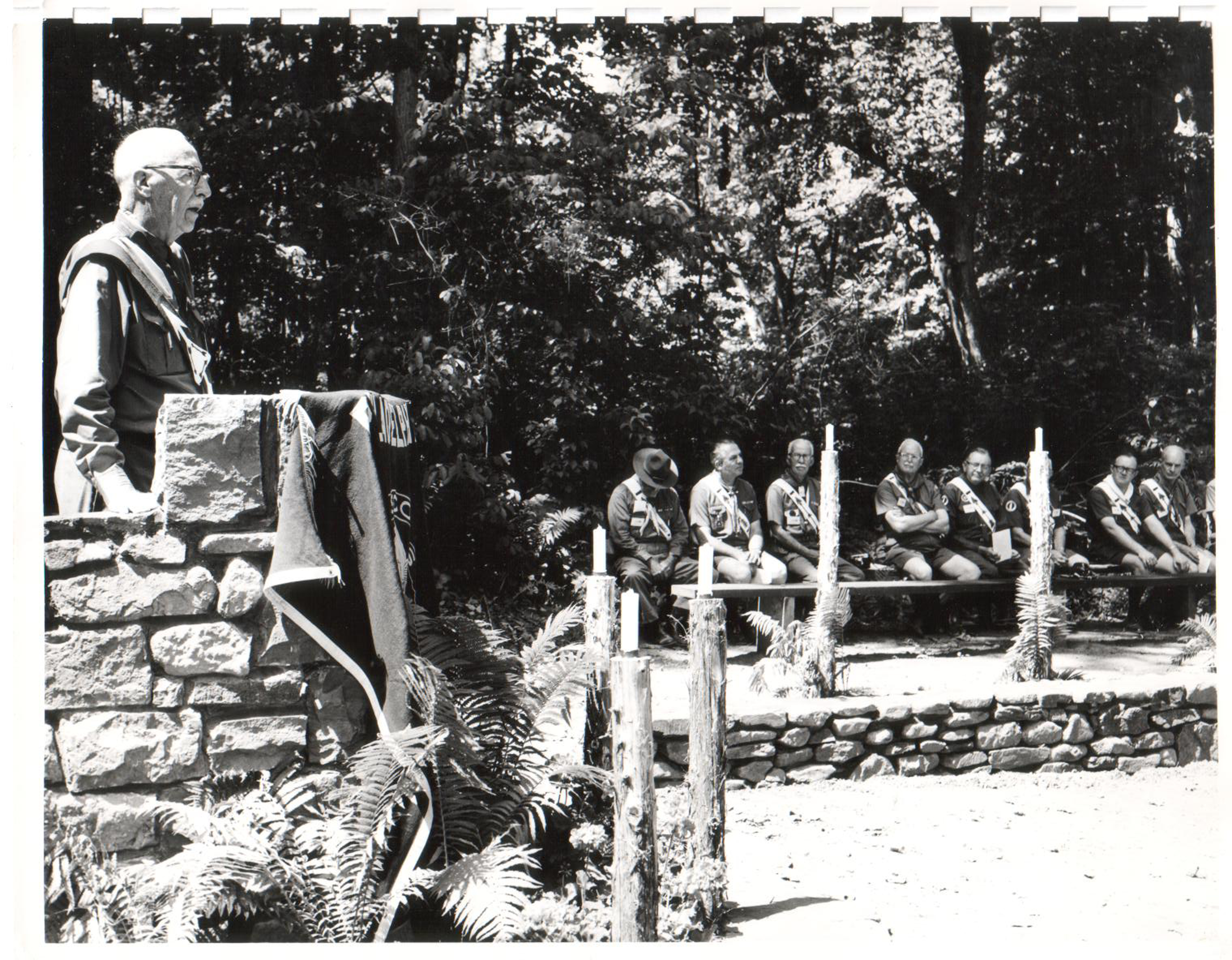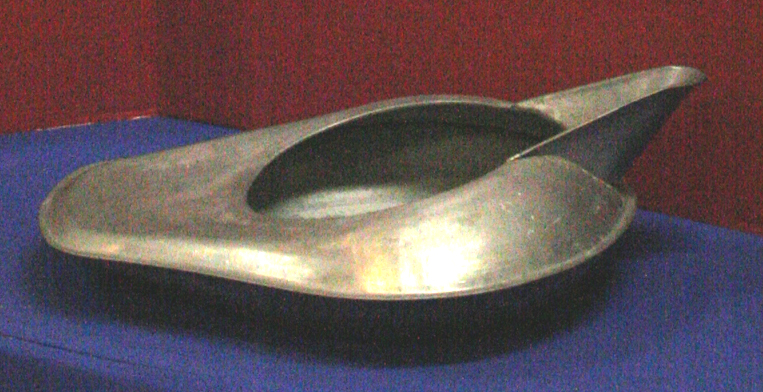Goodman & Edson's Sons Killed in WW II
(Do we) find the cost of freedom, buried in the ground
Mother earth will swallow you, lay your body down
Find the cost of freedom, buried in the ground
Mother earth will swallow you, lay your body down
Find the cost of freedom buried in the ground
- lyrics Find the Cost of Freedom by Crosby, Stills, Nash & Young
Having both lived and served through the Great War as young men, the most horrific of personal losses struck the co-founders of the Order of the Arrow in a five week period during World War II.
Both then-Lt. Col. Carroll Edson and E. Urner Goodman lost sons in combat in neighboring corners of the war in Europe.
In October 1944 First Lieutenant Stuart Partridge Edson – Partridge was his mother’s maiden name -- was serving as the Adjutant for the 23rd Armored Infantry Battalion in the area of Overloon, The Netherlands. The 24-year-old Eagle Scout was the Edson’s oldest son.
In those duties Lt. Edson had just signed the official After Action Report of the Battalion for the month of September on 4 Oct. 1944 (military dates place the date first then the month then the year) – placing him near the fluid front, which had degenerated into almost trench warfare.
Lt. Edson and Tech Sgt Norman D. Penn, his driver, were driving from the rear area, at night, to the front line in newly acquired territory. While the territory was a flat area it was festooned with trees and hedges and constantly peppered with shrapnel, rifle and machinegun fire. In the darkness, driving upon unfamiliar roads they apparently took a wrong turn and went missing.
It was not until after the war, when Lt. Col. Carroll Edson urged a British area major who was the administrator for the liberated area to attempt to locate Lt. Edson’s remains. He found them, not in one of the many temporary military graveyards, but in the Trans-Cedron Roman Catholic Cemetery at Oostrum. In August of 1945. The grave was marked with a cross that read "Lt. Stuart Edson / 7 Americk Pz. D. / Born 20/6/1920 / Died 5/10/1944 (European dates feature the day before the month - October 5, 1944).
Interviews with three residents in the area determined that a German soldier, apparently driving a motorbike, brought Lt. Edson’s body to the Marten family in Oostrum. He explained that the officer had died during transit. Lt. Edson’s remains were subsequently relocated to a military cemetery on 5 March 1946.
While Stuart Partridge Edson and Norman D. Penn were dying in Holland, Private First Class George Goodman and his fellow infantrymen of the 324th Infantry Regiment, 44th Infantry Division, were fighting their way towards the German border just above its convergence with Switzerland. PFC Goodman, the youngest son of E. Urner and Louise Goodman, was fighting with the Company B on 14 November 1944 Bravo Company near Embermanil, France.
As he advanced across open terrain towards an enemy-held woods, Private First Class Goodman, acting scout for his squad, was hit in the leg by a sniper’s bullet. He immediately returned the fire, either killing or wounding the enemy sniper. During this action a hostile machinegun located on the edge of the woods opened fire on his squad. With complete disregard for his own safety, Private First Class Goodman gallantly charged the enemy machine gun nest, firing his rifle as he limped into the hail of enemy fire. The courage and fighting spirit displayed by Private First Class Goodman are in keeping with the finest traditions of the Armed Forces. Private First Class Goodman was later reported fatally wounded as a result of this action.
-General Orders Number 182, 8 May 1945 Award, Posthumous, of the Distinguished-Service Cross.
The Distinguished Service Cross is the second highest award for valor awarded by the U.S. Department of the Army exceeded only by the Congressional Medal of Honor. PFC Goodman’s body lies in rest in the American Military Cemetery at Epinal, France.
It is ironic that both Goodman and Edson, two men that devoted their lifetime to serving the young men of America, lost their own young sons in service to the country.
2, Founders, George Goodman, Goodman, OA, Scouting, Stuart Edson



